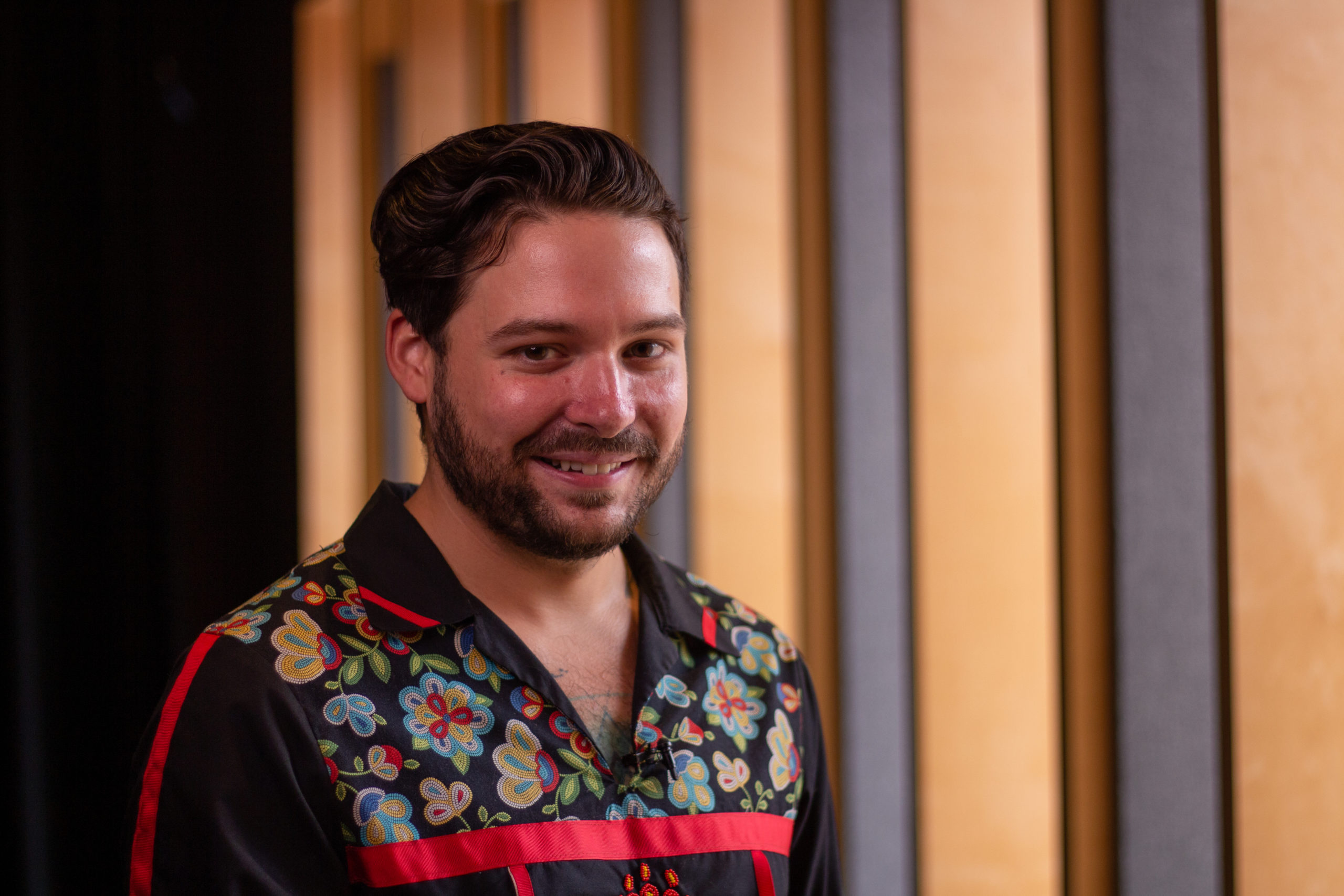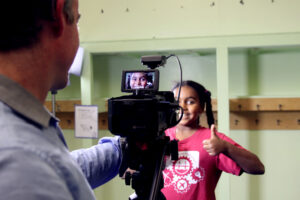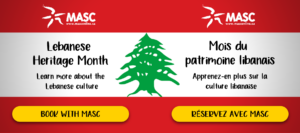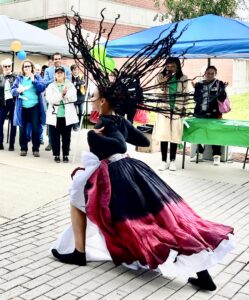Interview: Brad Lafortune teaches Métis jigging workshops and shares the intricacies of Métis culture
By Jessica Ruano | December 3, 2021

This interview was originally published on Apt613.ca
Brad Lafortune hails from the Métis community in Sudbury, Ontario. He works as a physiotherapist in Ottawa and offers Métis jigging workshops and performances through MASC. Brad believes jigging is an interactive way to physically engage individuals of any age while learning about the intricacies of Métis culture. Here, he talks about the unique identity created through a blending of rich cultures, as well as the opportunity to bring the joy of dance into people’s homes during COVID-19.
MASC: The word Métis refers to mixed ancestry, specifically individuals with mixed Indigenous and European ancestry. But Métis culture is so much more than that. What does being Métis mean to you?
Brad Lafortune: Being Métis is so much more than my mixed-race ancestry – it’s my customs, our traditions, and my family’s history as aboriginal people. All these things come together to make up a huge part of my identity. I’m proud to be a Métis person, a descendent of two vastly different cultures that were embraced and combined to create our identity now.
Brad Lafortune. Photo provided by MASC.
MASC: Métis jigging has been described as First Nations pow wow footsteps mixed with a taste of Irish dance. What does it feel like, look like, sound like… to perform this dance and to witness it?
BL: Being that mix of First Nations and European styles, I find jigging has a connection to many people. People will watch jigging and say they’ve seen something similar, but different, in the past. Maybe it was Highland dancing or Irish jigs, or maybe it was First Nations-style dancing at a pow wow they attended. Jigging music is high-energy and upbeat, making you want to tap your foot to the rhythm of the music or get up and start moving. I find you can get the feeling of a canoe full of Métis voyageurs making their way across the lands. Watching our feet, you see the quick flair of Scottish jigs with the intricate footsteps of pow wow dances from across Turtle Island. The mix of the dances gives you a portrait of early Canada’s fur trade scene from the 1700s and 1800s.
MASC: As a member of MASC, what do you gain through offering your workshops in schools and in the community?
BL: What I love about offering my workshops is the opportunity to teach and educate about Métis and Indigenous culture and history. Though I may be there to teach jigging, it’s a perfect opportunity to learn more about Métis history, how the dance came to be, and why it looks the way it does. It’s a way for me to educate others about my culture, my history, and my traditions while also engaging them and making it fun and physical.
MASC has allowed me to share my culture and history through dance with so many schools across the Ottawa area. I love finishing a workshop and having all the kids thank me for the fun and educational experience, and say meegwetch and miina kawapamitin (thank you and good bye in Michif). Between sessions I would also see the students continue practicing in the schoolyard during recess or lunch, or would show me what they learnt when I was on my way out. I loved seeing my culture being embraced like that and shared with other students outside of my workshops.
Sometimes, you jig in the snow. Photo provided by MASC.
MASC: Why do you think it’s important for our local community to have access to professional artists?
BL: I believe artists are the heart and soul of culture. Artists, such as dancers, singers, and musicians, can transcend any cultural or physical barriers like language or ethnicity. It’s an instinctive way for anyone to connect to their own culture, or to a new one. Having access to professional artists and performers allows people to connect to different cultures, learn about them, and grow. If we want a community that is not only diverse, but respects and appreciates that diversity, there needs to be an understanding of other cultures, and a welcoming attitude to them.
MASC: You are one of several artists participating in MASC’s new online programming. As a person who works in physiotherapy and live performance (two professions that traditionally require person-to-person contact!), how have you managed to adapt your work for COVID-19?
BL: It’s definitely been an adjustment. In a lot of my work I often rely on physical cues and visuals to guide movement, which can be a bit more difficult to do online. I also think part of dance is the energy that’s created and the ambiance that results from a room full of people moving together to the same music. But I think adapting to situations is part of being an artist. These are difficult times, but now more than ever I think people need art and culture in their lives. I think we have the opportunity now to use our art forms and performances to bring joy and entertainment into people’s homes.
Latest News
View All Articles



